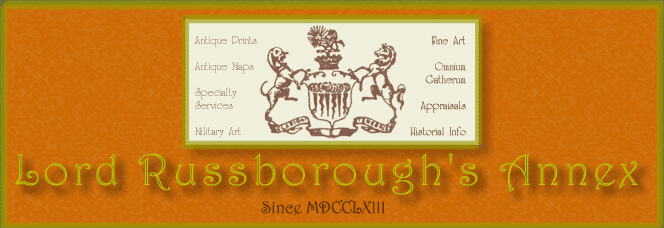Napoléon is widely considered to be one of the greatest and most innovative films of the silent era.
This 1927 epic, which was both significant and innovative in the history of movie making, starred Albert Dieudonné as Napoleon, who's image appears on this collectable poster. The film was restored in 1981 after twenty years' work by silent film historian Kevin Brownlow.
In pace with Brownlow's efforts to restore the movie to something close to its 1927 incarnation, two scores were prepared in 1979–1980; one by Carl Davis in the UK and one by Carmine Coppola in the US.
Beginning in late 1979, Carmine Coppola composed a score incorporating themes taken from various sources such as Beeethoven, Berliotz, Smetana, Mendelssohn and Handel. He composed three original themes: an heroic one for Napoleon, a love theme for scenes with Josephine and a Buonaparte family theme. He also used French revolutionary songs that were supplied by Davis in early 1980 during a London meeting between Coppola, Davis and Brownlow.Two such songs were "Ah! ça ira! ' and La Carmagnole. Coppola returns to "La Marseillaise" as the finale.
Coppola's score was heard first in New York at Radio City Music Hall. Performed for very nearly four hours, accompanying a film projected at 24 frames per second as suggested by producer Robert A. Harris. Coppola included some sections of music carried solely by an organist to relieve the 60-piece orchestra. Gance thought of expanding the frame by using three cameras next to each other. This is probably the most famous of the film's several innovative techniques. Wikipedia


